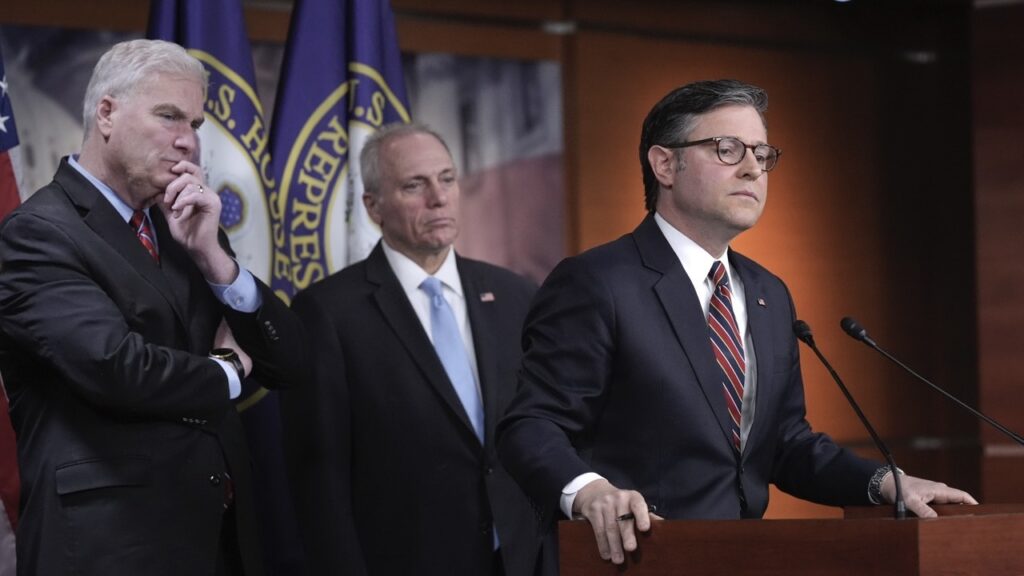Share
WASHINGTON — Wages and salaries rose at a healthy pace in the three months ended in June as employers competed to find enough workers to fill millions of available jobs.
Pay increased 1% in the second quarter for workers in the private sector, the Labor Department said Friday. That’s down slightly from 1.1% in the first three months of the year but still the second-highest reading in more than a decade.
Wages and Salaries Jumped in June
In the year ending in June, wages and salaries jumped 3.5% for workers in the private sector, the largest increase in more than 14 years. That increase was driven by sharp rise in pay for restaurant and hotel workers of more than 6%.
Total compensation for all employees rose at a slower pace, increasing just 0.7% in the second quarter and 2.9% in the past year. That figure was held back by weaker wage growth in state and local governments, and an unexpected slowing in the growth of benefits, such as health care. Benefits provided by companies rose just 0.3% in the second quarter, down from 0.6% in the first.
Friday’s data comes from the Labor Department’s Employment Cost Index, which measures pay changes for workers that keep their jobs. Unlike some other measures of Americans’ paychecks, it isn’t directly affected by mass layoffs such as the pandemic job losses that occurred in the spring of 2020.
Steady Hiring and Rising Pay Should Continue to Fuel Economic Growth
Separately, the government also reported Friday that consumer spending remained strong in June, rising 1%, and overall incomes ticked up 0.1%. That figure includes incomes from other sources besides wages and salaries, such as government benefits and investment income.
Both reports suggest steady hiring and rising pay should continue to fuel economic growth, though the ongoing spread of the delta variant poses a threat to the recovery. If consumers become more cautious and pull back on travel, eating out, and visiting entertainment venues, growth could slow.
Businesses are being forced to offer higher compensation to attract workers, as customer demand has soared in the spring as the pandemic faded. Companies, particularly in the restaurant and retail industries, are offering sign-on bonuses, wages as high as $15 an hour, and benefits such as retirement plans and pet insurance.
Many Still Unemployed Despite Record Number of Job Openings
The unemployment rate is elevated at 5.9% and millions of Americans are out of work, yet there are also a record number of job openings. Economists say it will take time for the unemployed to match with the right jobs.
Several trends are likely keeping some workers on the sidelines, adding to the pressure on companies to offer higher pay. Many people are worried about COVID-19 and are reluctant to work in jobs that require them to interact with the public. Others may be caring for children and unable to work until schools reopen.
And an extra $300 a week in unemployment benefits is likely allowing some of those out of work to hold out for higher-paying jobs. About 22 states have ended that benefit and it will expire nationwide Sept. 6.
RELATED TOPICS:
Two Teens Charged in Shooting Death of Caleb Quick
13 hours ago
Soviet-Era Spacecraft Plunges to Earth After 53 Years Stuck in Orbit
13 hours ago
Tax the Rich? Slash Spending? Republicans Wrestle With Economic Priorities in the Trump Era
13 hours ago
Experts Call Kennedy’s Plan to find Autism’s Cause Unrealistic
13 hours ago
Trump’s Trip to Saudi Arabia Raises the Prospect of US Nuclear Cooperation With the Kingdom
14 hours ago
Oh Ohtani! Dodgers Star Hits 3-Run Homer in Late Rally Victory Over Diamondbacks
14 hours ago
Tariff Talks Begin Between US and Chinese Officials in Geneva
14 hours ago
US-China Tariff Talks to Continue Sunday, an Official Tells The Associated Press
6 hours ago
Categories

US-China Tariff Talks to Continue Sunday, an Official Tells The Associated Press

Two Teens Charged in Shooting Death of Caleb Quick

Soviet-Era Spacecraft Plunges to Earth After 53 Years Stuck in Orbit

Tax the Rich? Slash Spending? Republicans Wrestle With Economic Priorities in the Trump Era














